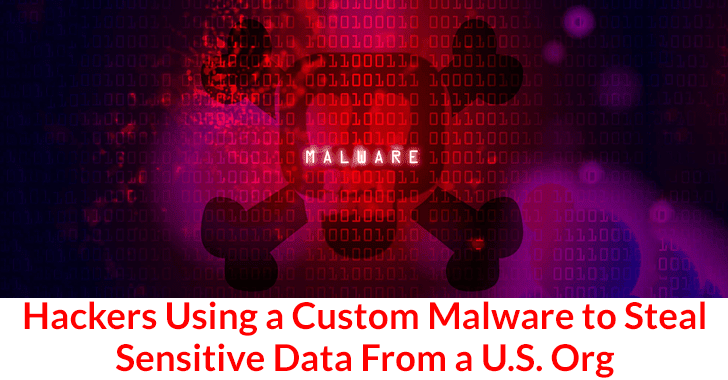An organization in the DIB sector was compromised by state-funded hackers using a custom malware program, CovalentStealer, and the Impacket framework.
It took approximately ten months for the compromise to be resolved. There is a good chance that the organization was compromised by multiple APT groups. Last January, some of the perpetrators gained access to the victim’s Microsoft Exchange Server after they breached the victim’s security.
Defense Industrial Base Sector (DIB) entities are involved in the production, development, and provision of products and services that are required in support of military operations.
It has been recommended by the CISA, the FBI, and the NSA that critical infrastructure organizations and organizations in the DIB sector implement all the recommended mitigations.
Use of custom malware
Using the HyperBro RAT and more than a dozen samples of the ChinaChopper webshell, the hackers combined custom malware called CovalentStealer with Python classes from Impacket, an open-source Python library.
During the period when Microsoft released an emergency security update to resolve the set of four ProxyLogon vulnerabilities in Exchange Server, the threat actors also exploited them.
Here below we have mentioned those four ProxyLogon vulnerabilities:-
- CVE-2021-26855
- CVE-2021-26857
- CVE-2021-26858
- CVE-2021-27065
In mid-January of 2021, hackers were able to access the organization’s Exchange Server via an unknown access point and gain unauthorized access to the system.
Detection
For detection, the experts have recommended to following things:-
Ensure that your logs are monitored for unusual VPSs and VPN connections.
Make sure you are monitoring your account for any suspicious activity.
MAR-10365227-1 contains the YARA rules that need to be reviewed.
Make sure that no unauthorized software is installed on your computer.
Make sure that command-line activity is monitored for anomalous or known malicious activity.
The user accounts should be monitored for changes that are unauthorized.
Mitigations
- In order to separate the network segments based on roles and functions, network segmentation must be implemented.
- Identify similar systems and isolate them
- Provide granular access control and policy restrictions through micro-segmentation
- Ensure that the systems are kept up to date
- Create a process for controlling configuration changes
- Utilize cybersecurity analytics and visibility tools
- Ensure that scripting languages are being used appropriately
- Make sure that the number of remote access tools is limited
- Protect network communications by using encrypted services
- The administration services for clear text should be disabled
- Ensure that sensitive data and resources are protected by stringent access controls.
- Keep an eye on VPN logins to make sure that no suspicious activity is taking place
- Ensure that the use of administrative accounts is closely monitored.
- Check that no elevated privileges are assigned to standard user accounts







